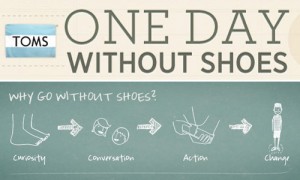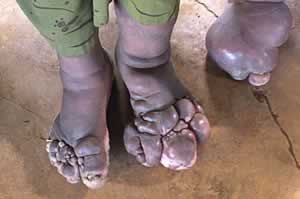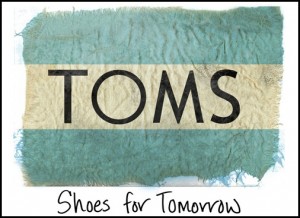The Wharton School of the University of Pennsylvania, criticizes the “one for one” business model implemented by Toms. The article breaks down key concepts and displays various pros and cons associated with the business strategy.
According to the “one for one” campaign put forth by Toms, they will match each shoe sold and donate them to impoverished societies or those in need. Although Toms intentions are amiable, some of their actions carried out may have a negative impact on the locals receiving the aid.
Shoe donations made by Toms help fight foot disease like Podoconiosis, however, the shoe offerings often take away from local shoe businesses. The donations may save lives in the short run, but will eventually cause the demise of others, as shoe shops run dry and income becomes scarce. In retrospect, the concept is great, howbeit the “one for one” strategy could use some revisions; some short term and some long term.
Though locals would favor for immediate shoe offerings, it would be advantageous in the long run for Toms to establish a link between local shoe shops and their company. Personally, I think Toms should continue their “one for one” business model with slight revisions and variations. Toms should use their model and provide raw shoe materials, with little assembly required, to the shoe shops and get the workers to construct the final product. By paying the local shoe shops owners the sum of money saved from producing the shoes in a Toms factory, there would be no loss in profit directly to Toms. Instead, the act will generate more income in the society while creating employment and fighting foot diseases.
Toms Shoes could also use their profits to micro-finance small businesses and/or provide education. Any of these actions will help the little people of the world step up and make an immense impact.



Really thoughtful post — I appreciate how you highlight both the benefits (like fighting foot diseases) and the unintended consequences (like harming local shoemakers) of TOMS’ model. At AimGrip , we believe that ethical business should aim for long-term impact: more than just giving away, it’s about building capacity, partnership, and sustainable opportunity for the community.